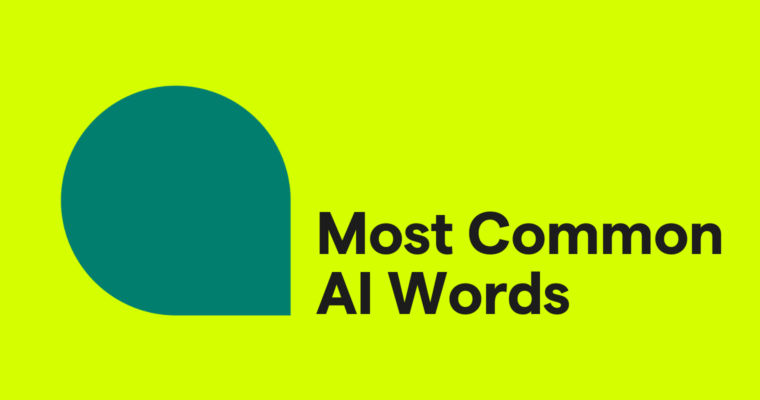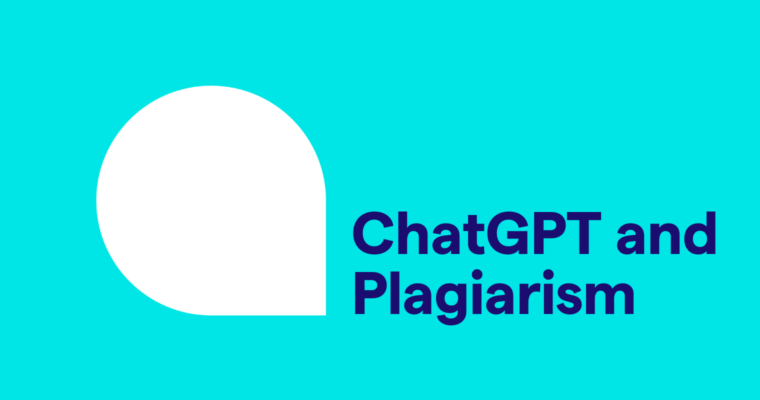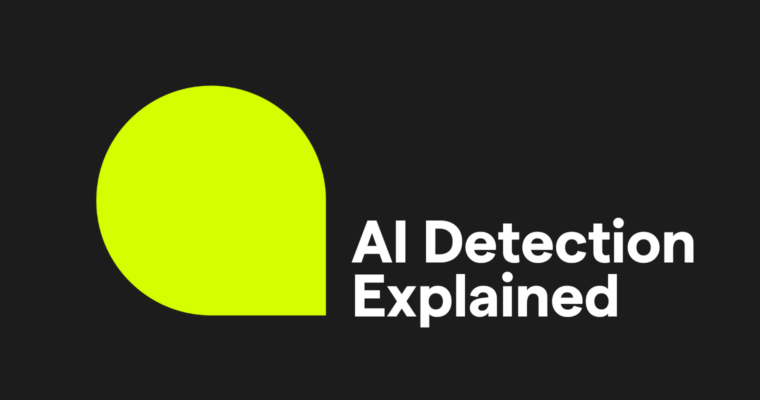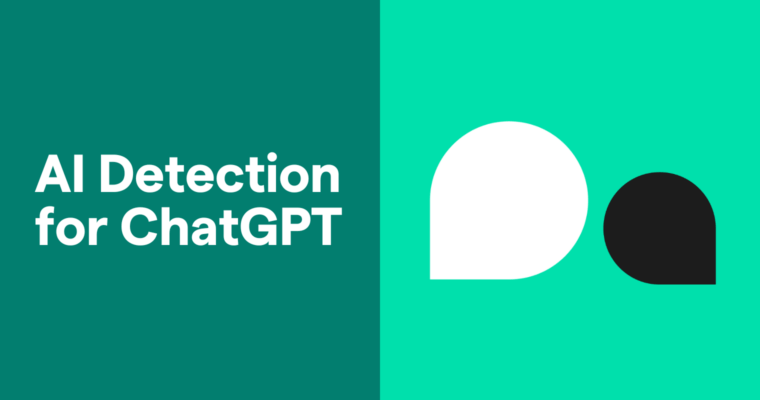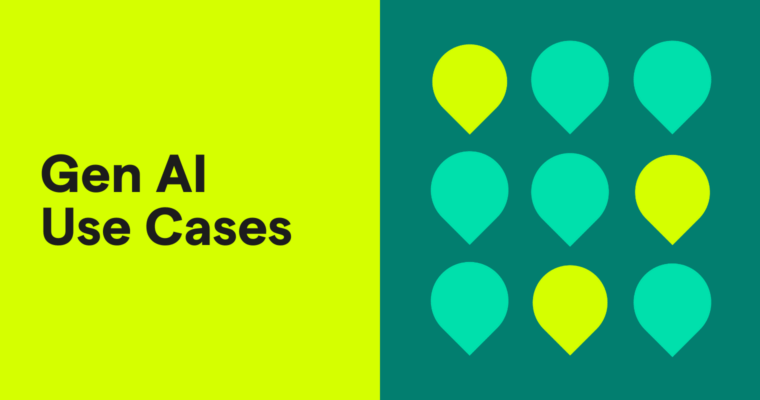
What can you use generative AI for? You’re likely reading this because you’ve heard the buzz and are curious about how you can use AI in your life.
We hope the following use cases and applications spark ideas about how generative AI capabilities can enhance your personal life and work. You may even find that you’ve already encountered this technology more times than you realized!
While this article focuses mainly on what you can achieve with AI, we’ll also discuss some of the risks to be aware of.
Generative AI applications for everyone
Generative AI tools are a subset of AI, specifically used to generate something that wasn’t there before. Whether that’s a new image, a piece of writing, or even a video, if you can imagine it, you can use generative AI to help your vision come to life.
Read on to find out how AI helps with tasks that we all might need to accomplish at one point or another at our jobs, in school, or in our daily lives.
Use generative AI for writing
Many popular generative AI tools, like ChatGPT or Grammarly, are based on natural language processing (NLP). This means they excel at understanding text and creating new writing from scratch.
You can apply generative AI at various stages in the writing process. You can use it to generate ideas when writing about a new topic. Later, you can ask it for feedback on something you’ve written and use it to improve your work, such as changing the length, complexity, or tone. Navigate responsible AI use with Grammarly’s AI checker, trained to identify AI-generated text.
Generative AI tools can also draft text for you based on your instructions. Need several customized versions of your document? Generative AI can help with that, too.
Examples of using generative AI for writing tasks:
- Have it develop your résumé and cover letters.
- Use it creatively for writing poems and short stories.
- Outline steps and tasks for personal and organizational projects.
- Quickly generate social media posts and captions (hashtags and emoji included).
- Reply to incoming emails automatically, based on specified rules.
- Rapidly summarize long technical documents.
Use generative AI for research
Many generative AI tools like Gemini and ChatGPT are pre-trained on vast amounts of information from the public internet and other sources. Unlike traditional search engines, they can hold a conversation and respond with highly customized and personalized answers.
For these reasons, many people are using generative AI tools for research, particularly when exploring a topic for the first time. You can ask generative AI tools to summarize an area of interest, brainstorm lists, and suggest related topics or subtopics for further investigation.
A word of caution: Generative AI tools are capable of hallucinations, or answering with made-up or untrue information while sounding entirely confident. Furthermore, they may not have access to the latest, real-time information. So be careful when using these tools for research, and always cross-check their answers to important questions.
Examples of using generative AI to find information or new ideas:
- Generate a list of the closest, highest-rated, or least expensive vacation spots.
- Request an ordered list of the most nutritious dog foods.
- Use it to recommend the most drought-resistant shrubs for dry climates.
- Ask for a list of fun holiday activities for children or large families.
- Generate a list of popular gift ideas for teenage boys.
- Suggest recipes based on certain ingredients or culinary styles.
Use generative AI for images and video
New generative AI tools can produce images or videos from text instructions. What makes these visual tools so flexible is their ability to modify existing images and videos and develop entirely new creations from your imagination. As you experiment, you’ll learn how to prompt and iterate to get just the look you want.
Applications for generative AI imaging and video tools:
- Retouch photos, including adding or deleting elements or backgrounds.
- Convert normal 2D still images into realistic 3D renderings.
- Explore unique new forms and styles of artwork.
- Combine and edit existing video footage to tell a complete visual story.
- Input visual elements and have them move or interact in various ways.
- Produce synthesized but natural-sounding audio narration from a script.
Generative AI use cases by industry
It’s not an exaggeration to say that generative AI is revolutionizing the way we work—few technical innovations have been adopted so quickly, in so many ways, by so many industries. Generative AI models can be used to automate many rote and routine tasks. They can drive better business decision-making by offering new, faster ways to analyze data. They can act as collaborators for creative work. And they can help organizations design, prototype, and build all kinds of new products and innovations.
While the applications are vast and constantly evolving—making it nearly impossible to compile a comprehensive list—below are some of the ways that generative AI is being used in different industries.
Marketing
Companies can use generative AI to identify market opportunities based on consumer trends and competitor analysis. AI can also conduct audience research and use that intelligence to build customer profiles that are segmented by age, location, and more.
Generative AI can produce content like blog posts and social media updates, and translate content into different languages. It is also used in website development, where it’s even capable of building a website from scratch based on text instructions.
Sales
Generative AI use cases include optimized pricing strategies that can help increase revenue. AI can design store and shelf layouts that maximize the average customer spend, and it can predict future demand for supply chain and promotion planning.
In B2B, sales communications can be customized by industry and personalized for each buyer. Sales staff can also include AI-generated images that depict a product’s appearance in a potential client’s facility.
Generative AI is also used in e-commerce to compose product descriptions from manufacturer-provided data. It can give personalized product recommendations and detect fake product reviews. And AI can offer virtual try-ons that simulate how the buyer would look wearing the product.
Healthcare
Generative AI can lead to better patient outcomes through personalized treatment plans that address each individual’s medical issues, genetics, and lifestyle. It can also streamline medical services and reduce hospital operational costs in several ways. For example, doctor’s notes about services provided can be summarized and then transformed into medical codes for billing. For routine patient requests, a generative AI assistant can provide replies and guidance.
Furthermore, generative AI is being used to make medical diagnoses more accurate, fast, and thorough. Tools can analyze images, test results, and other information to screen for diseases like cancer and find the most probable cause of a patient’s symptoms.
Finally, generative AI can help develop new drugs and treatments. AI can analyze massive amounts of data to identify molecules, usually proteins, that drugs can target to treat diseases. It can also simulate the outcome of clinical trials to mitigate risks and match patients with new trials to increase access to treatment.
Technology
Developers can use AI copilot tools to write code from scratch based on text inputs or translate code from one language to another. AI also helps people in less technical roles, like product management and design, to generate working prototypes of their ideas. Generative AI tools can be used to debug programs, find security vulnerabilities, write documentation, answer questions about code, and more.
In the chip development industry, integrated circuits can be designed by AI that are more efficient or have greater capacity than current chips. Generative AI can also be applied to produce multiple versions of a chip design for specific uses.
Transportation
Generative AI use cases include the efficient planning of routes, schedules, fees, and work shifts. This helps airlines and shipping companies achieve maximum revenue from each passenger or load.
The technology can be employed to forecast future transportation needs, allocate resources, and produce contingency plans for weather events, natural disasters, and other potential disruptions.
Finance
Generative AI tools can help investors identify opportunities based on past market performance and current trends. AI can also optimize portfolios for each investor’s assets, goals, and circumstances.
In banking, generative AI can provide recommendations regarding loan and credit decisions for each borrower. Banks can also use it to reveal potential compliance issues or fraud vulnerabilities.
Insurance companies can utilize AI to produce a categorized, prioritized list of incoming claims for efficient processing. Generative AI can also summarize and simplify complex insurance policy documents, making them more approachable for consumers.
Legal
Legal work involves a large amount of summarizing, understanding, and processing text, so it’s no surprise that generative AI tools are already making a large impact in the field. In contracts, AI can offer recommendations for the best positions, clauses, and wording. It can also help with research-heavy tasks like due diligence, which is a necessary part of the process for corporate mergers and acquisitions. AI can even learn from existing case law and precedents and use these as the basis to draft new documents.
Real estate
For those selling real estate, AI-generated buyer and property profiles can be used for efficient matching. This can include a list of possible uses for a piece of commercial property, as well as virtual models of how custom build-outs might look to potential buyers.
Property leasing firms can use generative AI in various ways too. AI can produce simplified versions of complex leasing documents, helping renters understand the terms. On the business end, it can aggregate and summarize key property data, compile opportunities for real estate investors, and produce optimized site plans for proposed property developments.
Energy
Generative AI applications include improving grid efficiency in changing conditions. AI can also propose contingency measures for responding to various potential grid disruptions.
There’s a pattern in these use cases: how AI can predict supply and demand. With energy, it’s no different. Generative AI can analyze patterns and plan for future growth, as well as produce schedules for infrastructure maintenance and improvement.
Manufacturing
In the field of product design, generative AI can assist with rapid virtual prototyping, testing, and iteration, helping products get on the shelf faster. The technology can also analyze consumer trends to identify new areas for development or assess the viability of a new product idea.
For efficient product fabrication, generative AI use cases include identifying workflow bottlenecks and developing predictive maintenance schedules to avoid equipment failures and minimize downtime. AI can also be used in quality control to analyze large amounts of data and find defects.
Generative AI also has applications in materials science to produce formulations for new materials that are stronger, lighter, or more conductive. Models can even predict material behavior and potential failure in extreme conditions.
Agriculture
AI models have been used for years in agriculture to help maximize crop yield, but generative AI is opening up even more applications. Models can look at an image of a plant and identify possible diseases or nutrient deficiencies. AI can identify the best crop strains for an area’s climate and soil conditions. Optimized, data-driven schedules can be developed for watering, fertilizing, and harvesting. And weather prediction models can be produced for planning purposes.
Education
Generative AI can develop personalized instruction materials that can address the needs and capabilities of each student. It can also grade assignments, assess comprehension, and provide feedback.
It’s easier than ever to quickly teach a skill with generative AI, for instance, by creating an AI training video that shows step-by-step industrial or service operations. In language education, students can learn from the suggestions offered by writing assistance apps. These tools can provide real-time translations and high-quality audio pronunciations in any language.
Human resources
HR professionals can use generative AI to personalize onboarding and safety documents for each employee or role. Virtual training scenarios can prepare workers for digital and physical tasks and challenges.
AI can develop optimized staffing plans based on company needs at different times. It can also summarize employee performance reviews and suggest areas of improvement by analyzing feedback.
Customer service and support
Generative AI applications include the development of support chatbots, knowledge bases, and troubleshooting guides—along with the ability to support multiple languages with little additional effort. AI summaries of customer feedback and surveys can identify top areas for company or product improvement.
Risks in applying generative AI
While generative AI has many valuable applications, it’s important to understand its risks to mitigate the potential for harm. The first thing to remember is that this technology is not flawless. We must watch for inaccurate, incomplete, or outdated information so that AI may confidently present it as factual. Generative AI output in high-risk fields like medicine must be especially scrutinized or independently verified.
As a society, we are still navigating the complex legal questions regarding generative AI. Privacy, consent, and intellectual property rights are concerns, for instance, if generative AI is used to impersonate someone in an image or video.
Also, keep in mind that AI output may reflect the implicit biases of its online sources related to age, gender, and race. Plus, AI-translated material may not always account for cultural factors and language nuances.
The responsible use of generative AI means staying aware of the particular risks as the technology evolves. Every industry and business should develop guidelines for the safe use of AI. The Federal Trade Commission addresses many of the issues and its own role in its report “Generative Artificial Intelligence and the Creative Economy.”
Key takeaways about generative AI use cases
Generative AI offers the chance for anyone to explore the applications of a new, groundbreaking technology. It stands out for its ability to produce something that didn’t exist before—from writing poems to finding new cures for disease. Still, to mitigate the risks of generative AI, we must apply human judgment to ensure that the outputs are accurate and ethical.
This list of use cases might have seemed long, but it’s far from complete. Like other new tools throughout history, generative AI is demonstrating the power of human creativity and imagination—and one day soon, it may be hard to imagine a world without it.

